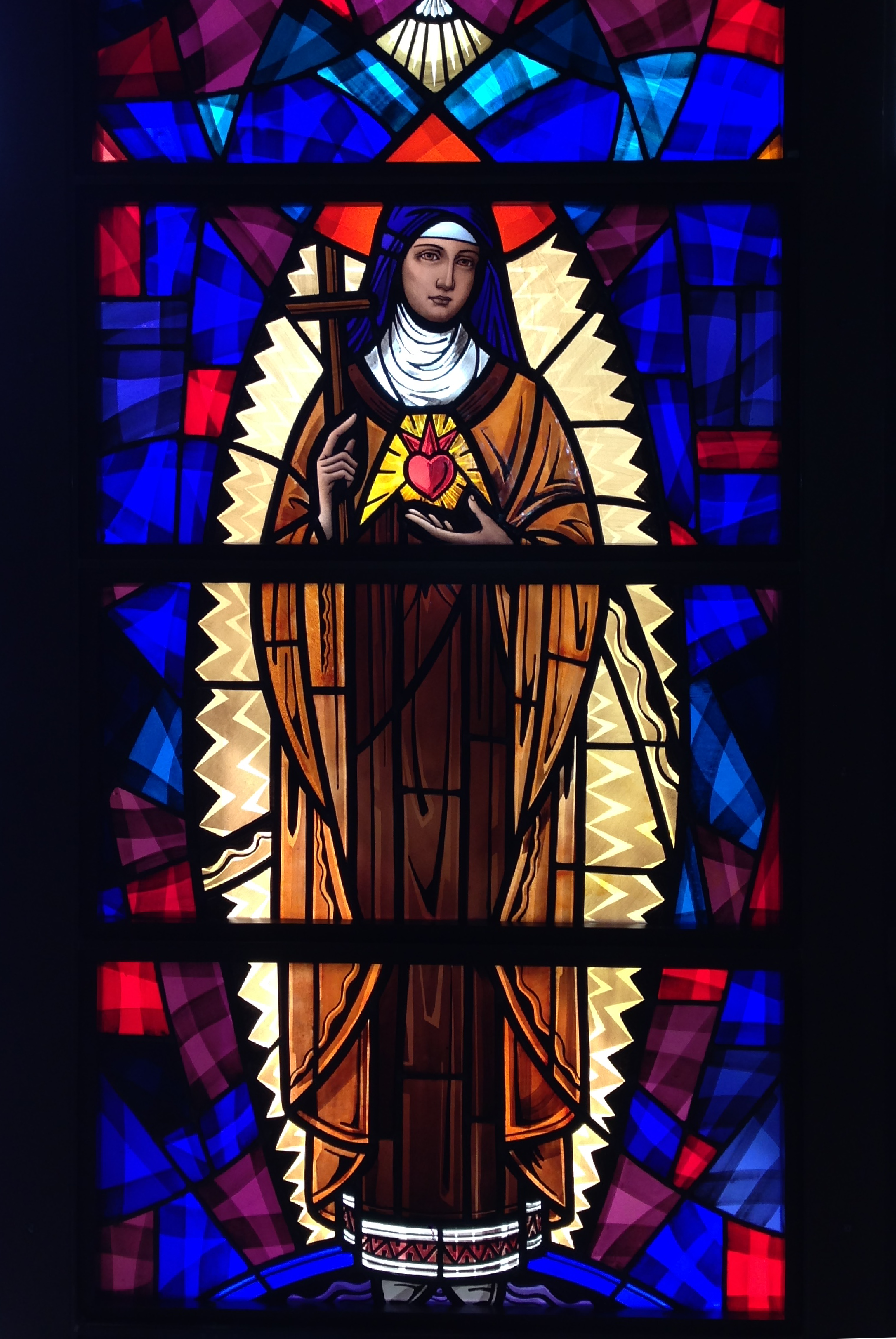Why Do They Still Look and Taste Like Bread and Wine? In the celebration of the Eucharist, the glorified Christ becomes present under the appearance of bread and wine in a way that is unique, a way that is uniquely suited to the Eucharist. In the Church’s traditional theological language, in the act of consecration during the Eucharist, the “substance” of the bread and wine is changed by the power of the Holy Spirit into the “substance” of the Body and Blood of Jesus Christ. At the same time, the “accidents” or appearances of bread and wine remain.
“Substance” and “accident” are here used as philosophical terms that have been adapted by great medieval theologians such as St. Thomas Aquinas in their efforts to understand and explain the faith. Such terms are used to convey the fact that what appears to be bread and wine in every way (at the level of “accidents” or physical attributes—that is, what can be seen, touched, tasted, or measured) in fact is now the Body and Blood of Christ (at the level of “substance” or deepest reality).
This change at the level of substance from bread and wine into the Body and Blood of Christ is called “transubstantiation.” According to the Catholic faith, we can speak of the Real Presence of Christ in the Eucharist because this transubstantiation has occurred (cf. Catechism, no. 1376). —From the United States Conference of Catholic Bishops
